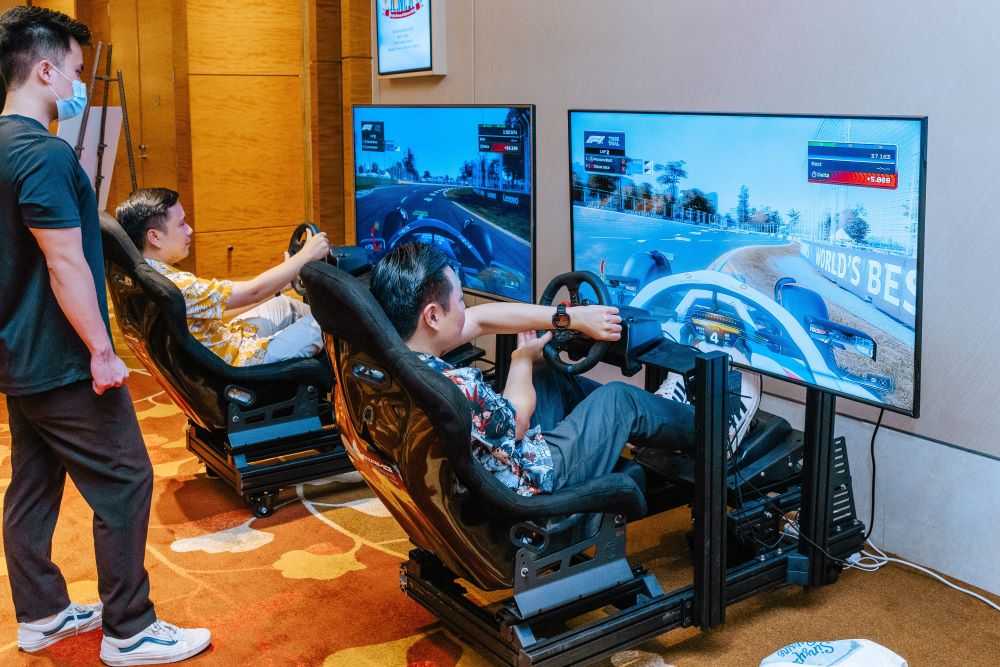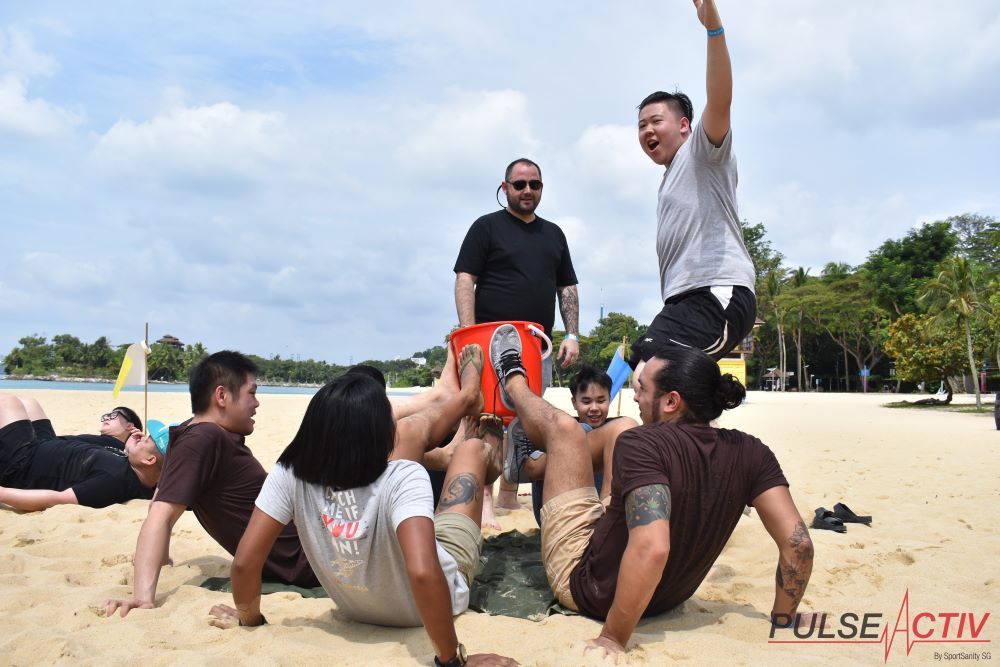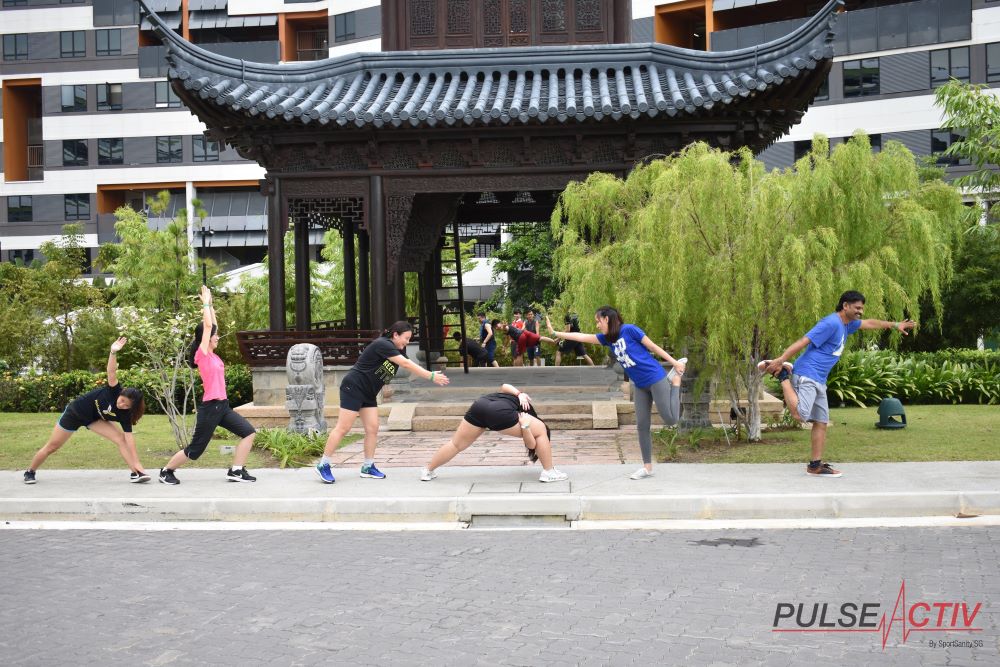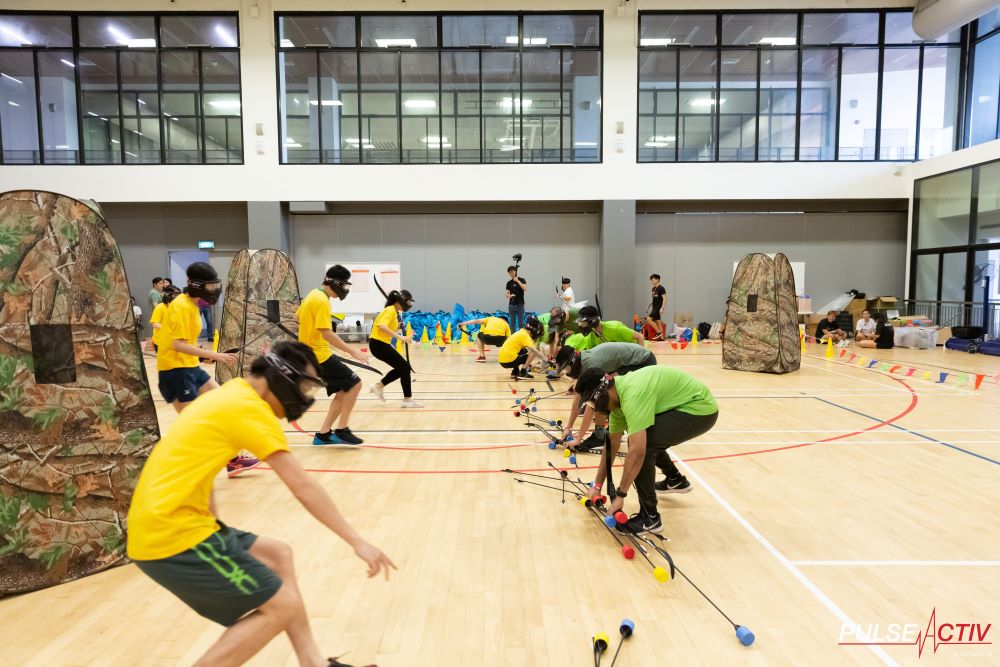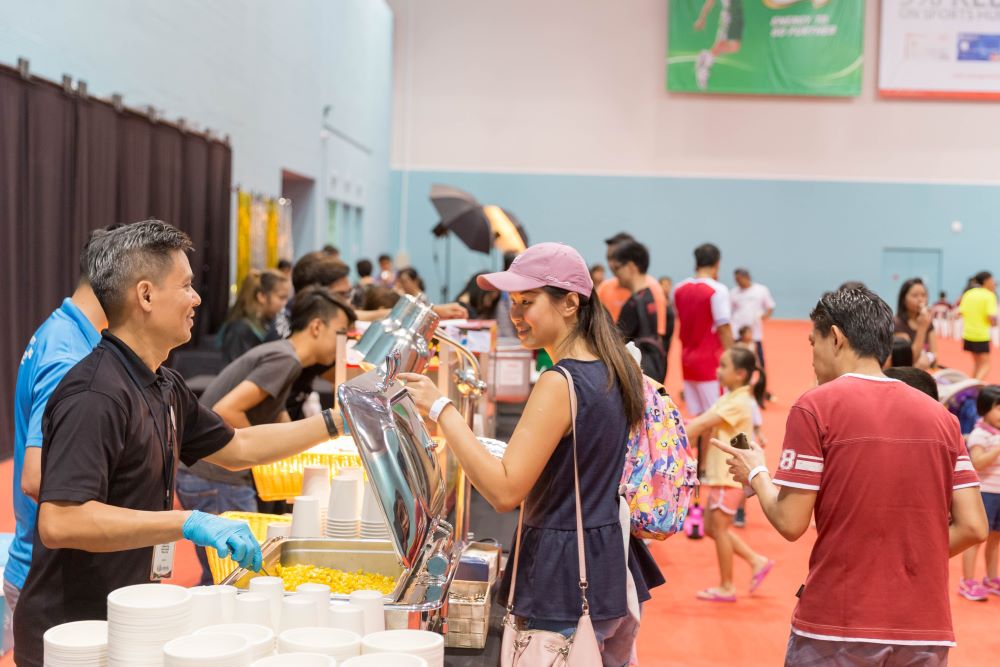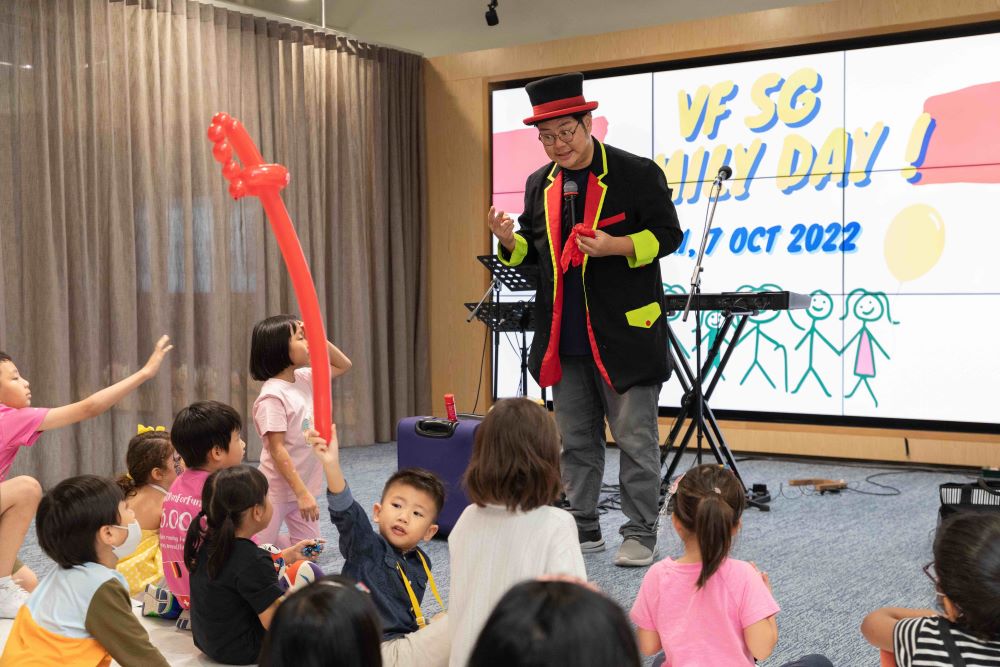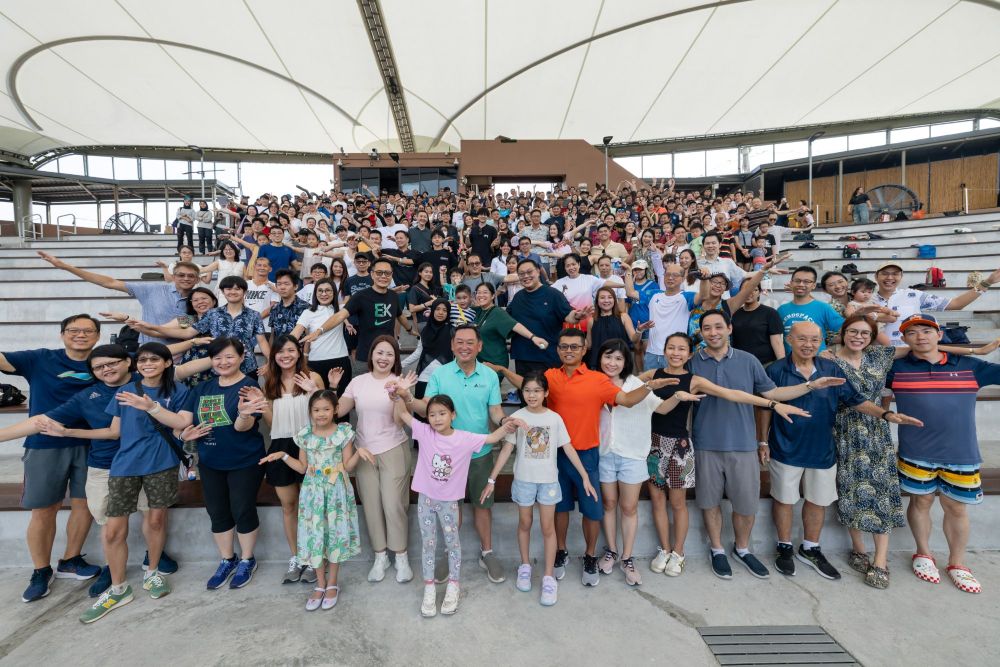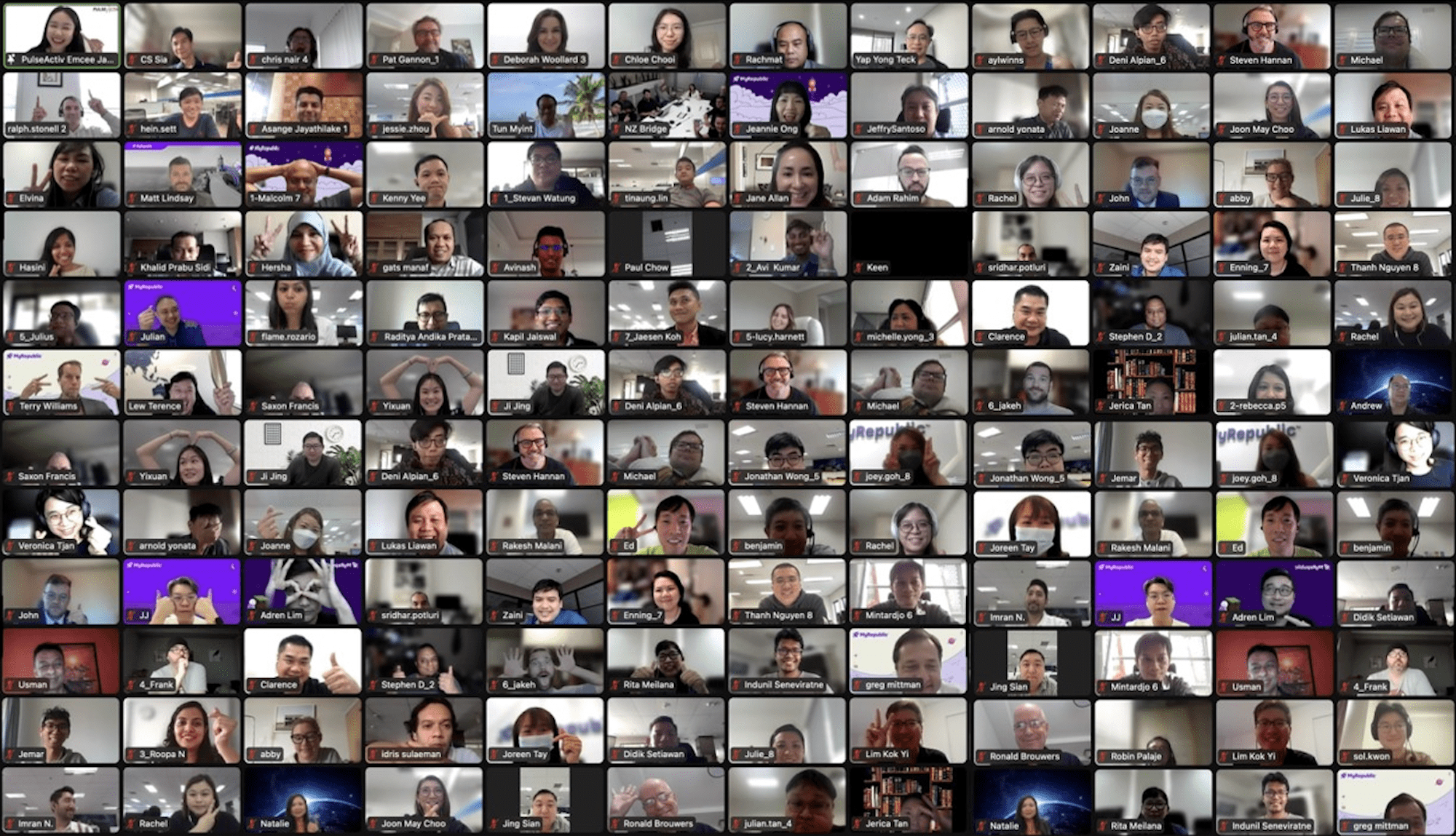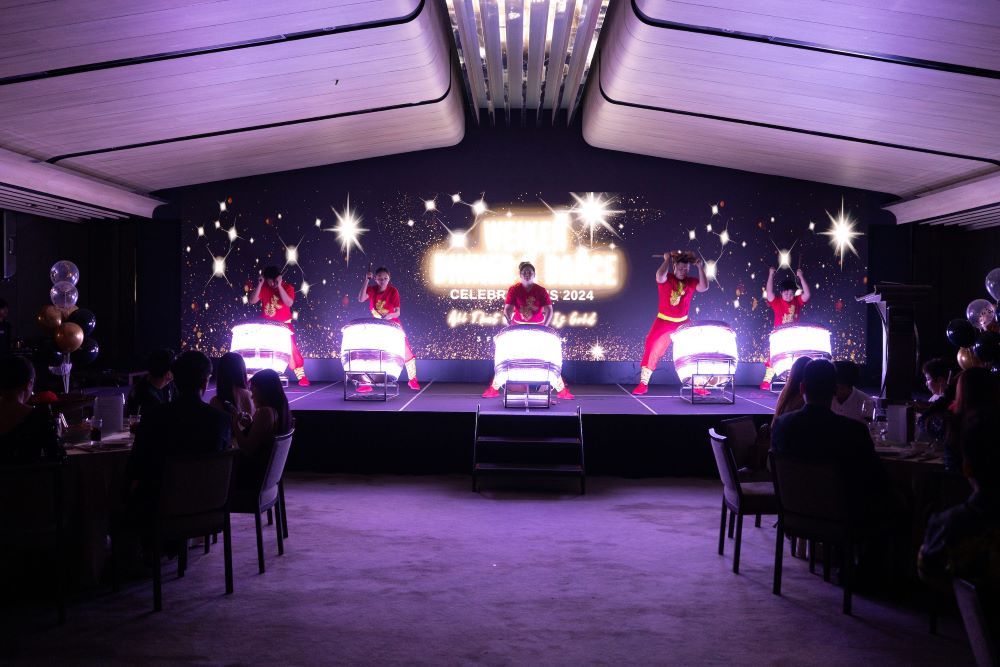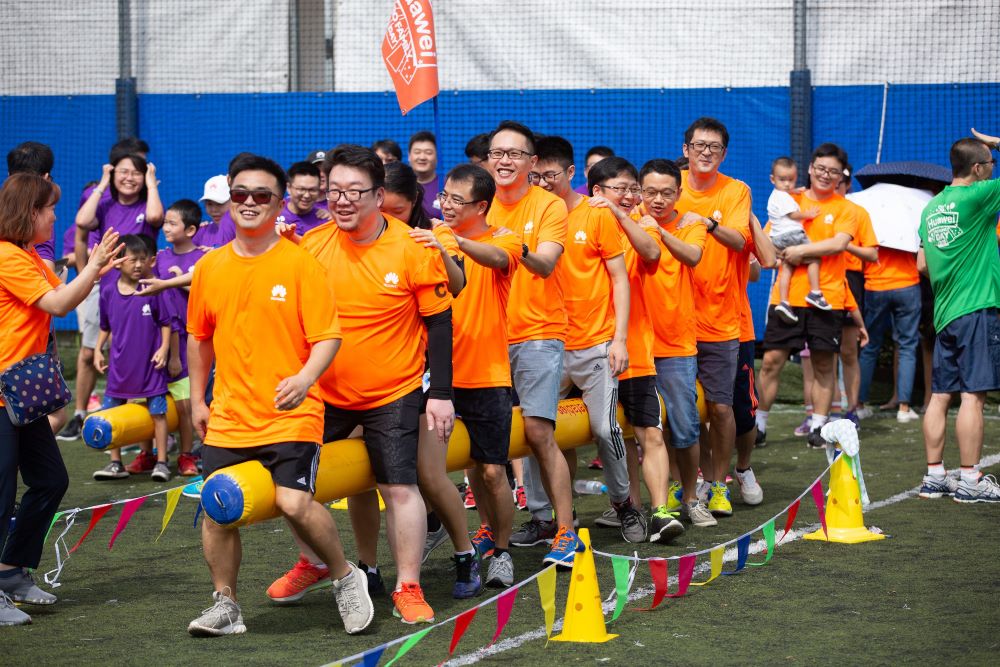Virtual Reality Sports: The Future of Corporate Sports Days
Corporate sports days have long been a staple for team-building and employee engagement. They offer a break from the usual routine, fostering camaraderie and encouraging a healthy, active lifestyle. However, as technology evolves, so do the ways we can enhance these events. Enter Virtual Reality (VR) sports and games, which bring a high-tech twist to traditional activities, making them more engaging and inclusive. Let’s explore how VR sports can revolutionize corporate sports days and offer tips for setting up VR equipment to ensure a smooth experience.
Introducing VR Sports and Games for a High-Tech Twist
Virtual Reality sports and games provide a unique, immersive experience that traditional sports cannot. By simulating real-world environments and scenarios, VR can transport participants to different worlds, allowing them to engage in activities that would otherwise be impossible in a corporate setting. Imagine competing in a virtual soccer match, skiing down a digital slope, or even participating in an intergalactic obstacle course—all without leaving the office.
VR sports can cater to various interests and fitness levels, making them accessible to everyone. They offer the thrill of competition and physical activity while incorporating the latest technology, making them particularly appealing to tech-savvy employees. Additionally, VR can introduce new sports and games that may not be feasible in a traditional corporate sports day setup, such as virtual rock climbing, fencing, or futuristic racing.
How VR Can Engage Remote Participants and Add a Futuristic Element
One of the standout benefits of VR sports is their ability to engage remote participants. With the rise of remote and hybrid work models, finding ways to include off-site employees in team-building activities is more important than ever. VR technology bridges this gap, allowing remote employees to join in on the fun and interact with their colleagues in a shared virtual space. This inclusivity helps strengthen team bonds, regardless of physical location.
Moreover, incorporating VR into corporate sports days adds a futuristic element that can excite and motivate employees. It demonstrates a company’s commitment to innovation and forward-thinking, which can enhance the overall corporate culture. Employees are likely to feel more valued and appreciated when they see their company investing in cutting-edge technology for their enjoyment and development.
Tips for Setting Up VR Equipment and Ensuring a Smooth Experience
To make the most of VR sports on corporate sports days, careful planning and setup are essential. Here are some tips to ensure a smooth and successful VR experience:
- Choose the Right Equipment:
- Select high-quality VR headsets and controllers that are comfortable and easy to use. Popular options include the Oculus Rift, HTC Vive, and PlayStation VR.
- Ensure compatibility with the VR games and sports you plan to offer. Some VR systems may be better suited for specific activities.
- Prepare the Space:
- Designate a spacious area for the VR activities, free from obstacles and with ample room for movement.
- Consider setting up multiple VR stations to accommodate more participants and reduce wait times.
- Ensure Strong Connectivity:
- A stable and fast internet connection is crucial for VR experiences, especially if remote participants are involved.
- Test the connection beforehand to avoid technical issues during the event.
- Provide Clear Instructions and Training:
- Offer a brief tutorial for participants unfamiliar with VR technology. Explain how to use the equipment, navigate the virtual environment, and play the games.
- Have staff or VR experts on hand to assist with setup, troubleshooting, and guiding participants through the experience.
- Prioritize Safety and Comfort:
- Ensure that participants take regular breaks to avoid VR-induced fatigue or motion sickness.
- Provide comfortable seating or resting areas for those waiting their turn or needing a break.
- Capture and Share the Experience:
- Set up screens to display the VR activities in real-time for spectators. This adds an element of entertainment and allows everyone to feel involved.
- Consider recording the VR sessions or taking screenshots to share highlights with the team afterward, creating lasting memories of the event.
Conclusion
Virtual Reality sports are poised to become a cornerstone of modern corporate sports days. They offer a unique blend of physical activity, technology, and inclusivity that can engage employees like never before. By incorporating VR into your next corporate event, you can create a memorable, futuristic experience that fosters team spirit and showcases your company’s commitment to innovation. With the right preparation and setup, VR sports can elevate your corporate sports day to new heights, making it an event that employees will look forward to year after year.
To head back to read another article in our blog, click here.
